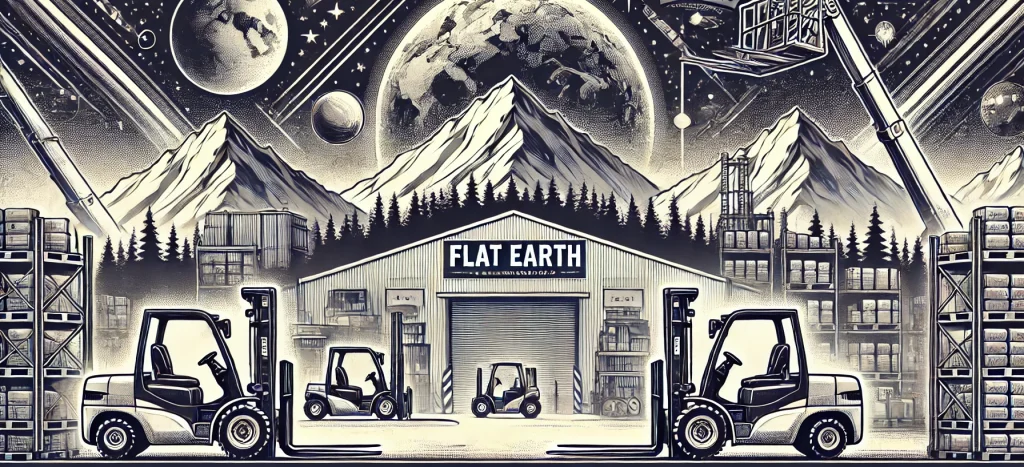In the world of material handling and warehouse operations, forklifts play a pivotal role. Central to their operation are forklift chains, crucial components that bear the weight of lifting and moving materials. Proper maintenance of these chains is not just a matter of efficiency; it’s a significant safety concern. This post delves into the critical role of forklift chains, offering insights into proper maintenance practices, recognizing wear patterns, and understanding when a replacement is necessary.
Understanding Forklift Chains and Their Function
Forklift chains, much like the chains on a bicycle, are integral to the machine’s lifting mechanism. They transfer the force from the forklift’s hydraulic system to the forks themselves, enabling them to lift and lower loads with precision. Given their essential role, the health of these chains directly impacts the forklift’s performance and safety.
The Importance of Regular Maintenance for Forklift Chains
Neglecting the maintenance of forklift chains can lead to a host of problems. Worn or damaged chains are not just less efficient; they’re also a safety hazard, posing risks of sudden failure that could result in injury or damage to goods. Regular maintenance ensures these chains remain in optimal condition, extending their lifespan and maintaining the safety and efficiency of your operations.
How to Properly Maintain Forklift Chains
Proper maintenance of forklift chains involves several key steps:
- Routine Inspections: Regularly inspect chains for signs of wear, damage, or elongation. This should be part of your daily forklift inspection routine.
- Cleaning: Keep chains clean from debris and lubricated to prevent rust and reduce wear. Use a recommended cleaner and lubricant specific to your forklift model.
- Lubrication: Apply lubricant to the chains as per the manufacturer’s recommendation. Proper lubrication reduces friction, minimizing wear.
- Tension Adjustments: Ensure chains are correctly tensioned, neither too tight nor too loose, to avoid unnecessary strain.
Recognizing Wear Patterns and Signs of Damage
Understanding wear patterns and recognizing signs of damage are crucial in forklift chain maintenance. Look for:
- Elongation: Chains stretching beyond their specified limits indicate wear.
- Rust and Corrosion: These not only weaken the chain but also impede its movement.
- Cracked or Broken Links: These are clear signs that the chain is compromised and needs replacement.
Knowing When to Replace Forklift Chains
Replacement should be considered when:
- Chains exhibit more than 3% elongation.
- There are visible damages, such as cracked or broken links.
- The forklift experiences a decrease in lifting capacity or smoothness of operation.
Always refer to the forklift manufacturer’s guidelines to determine the exact criteria for chain replacement.
Forklift Chain Safety Tips
Ensuring the safety of forklift operations involves adhering to these safety practices:
- Always use the correct type and size of chain recommended by the manufacturer.
- Perform maintenance and replacements with the right tools and knowledge. If in doubt, consult a professional.
- Train all operators on the importance of daily inspections and the signs of wear to look out for.
Conclusion: Ensuring Forklift Efficiency and Safety Through Proper Chain Maintenance
Forklift chains are vital to the safe and efficient operation of your material handling equipment. By committing to regular maintenance, recognizing when repairs or replacements are needed, and following safety guidelines, you can ensure that your forklifts remain reliable workhorses in your operational fleet. Remember, the integrity of your forklift chains directly impacts the safety of your operations and the wellbeing of your team.
